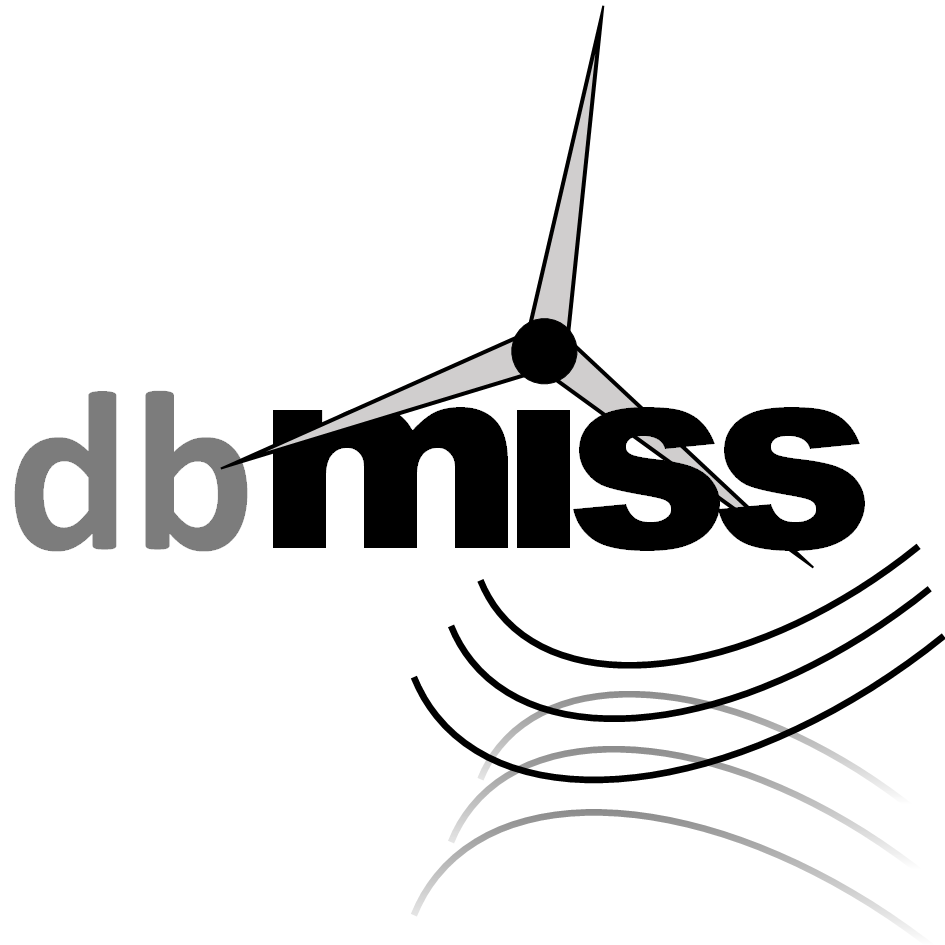März 2023
Westfälische Wilhelms-Universität Münster
The work done by the WWU in the period 01-10-2022 - 31-12-2022 focused on collecting the available data from the parties involved, e.g. the Geologischer Dienst (GD), DMT, and open-access data retrievable trough available FDSN clients. Data received form the GD is a good addition to the open-access data and can be processed in the same way. Furthermore, some events occur in both the open-access as well as the GD set, increasing the coverage. The data presented by DMT stands out with respect to the other data, in the sense that it contains seismic linesurveys rather than waveforms from seismic stations. As such, it contains many receivers, but at relatively small distances to the sources, which in turn tend to be rather small as they are all induced explosions. Consequently, the DMT data will have to be processed separately, and the initial focus will be placed on retrieving Q-values (attenuation) on a larger scale using the GD and open-access waveforms. The total attenuation is the sum of scattering attenuation on the one hand, and intrinsic attenuation on the other. The method we propose to determine the attenuation, separating scattering and intrinsic, is Qopen (Eulenfeld and Wegler, 2016). Qopen is based on envelop inversion of the S-coda. This method has proven usefull for weak events (Eulenfeld et al., 2022), and has been applied in frequency ranges of 1 Hz and higher (Neuffer et al., 2021), comparable to the second to forth eigenfrequencies of windturbines (Eulenfeld and Wegler, 2016).
In addition to the preparation of the data, a rough start has been made on the numerical implementation of the viscoelastic wave equation in general, using the code of Martin and Komatitsch (2009), and adding the free surface formulation as proposed by (Zeng et al., 2012). For now however, determination of the attenuation has been prioritized over the numerical implementation at this point. Thus, further numerical implementation will be carried out when the attenuation determination is further along.
Following these updates, the project is on schedule concerning the initial work and time planning, and no changes with regards to the targets of the DBMISS project, nor the expected planning in meeting these targets have been made.
Presentation
Geologischer Dienst NRW
Beim Geologischen Dienst (GD) soll der im Vorgängerprojekt entwickelte Filter zur Trennung von Erdbebensignal und Störsignal in der Praxis erprobt und in Zusammenarbeit mit der Ruhr-Universität Bochum weiterentwickelt werden. Dazu ist es erforderlich, die Filter in den Routineauswerteprozess einzubinden. Zu dem Zweck wird zurzeit das IT-System im GD umgestellt.
Der Filter wurde nach einer ersten Erprobung mit dem Projektpartner RUB auf einer neuen Linux-Maschine dauerhaft durch den GD installiert und eingerichtet. Erste Tests mit Archiv-Daten unter Verwendung des allgemeinen Noise-Modells wurden durchgeführt. Ein bekanntes Event wurde mit den gefilterten Daten ausgewertet. Die Lokalisierung lieferte gute Ergebnisse, allerdings ist die Magnitudenbestimmung bisher noch sehr ungenau. Hier muss der Filter in Zukunft noch optimiert werden.
Der Zugriff auf Echtzeit-Daten ist derzeit noch nicht möglich. Zu diesem Zweck wird die vorhandene IT-Infrastruktur optimiert. Hier sind Fragen der IT-Sicherheit zu klären und die Vorgaben für das Landesnetz NRW zu berücksichtigen.
Für das Training des Filters speziell auf die Stationen des GD werden derzeit Noise-Fenster geschnitten. Kurzfristig erfolgt das Training des Filters durch die RUB. Mittelfristig wird auch das Training durch den GD selbst erfolgen.
Presentation
Karlsruher Institut für Technologie (KIT)
The main focus in the first project phase at the Karlsruher Institute of Technology (KIT) is the identification of suitable measurement sites to observe the ground motion emissions of wind turbines. Furthermore, we focused on agreements with wind turbine operators regarding data exchange. The first measurement campaign took place in North Rhine-Westphalia near Tönisvorst. Along a profile of 5.5 km length, beginning at two 4 MW wind turbines, 11 seismic recording stations were installed for 4 weeks of continuous recording on loose Tertiary sediments. A preliminary analysis of the data was started. To analyze the data we recoded existing MATLAB scripts to Python. Those software programs ensure automatic reuse for further measurement campaigns.
Presentation
Ruhr Universität Bochum
Der an der Ruhr-Universität Bochum entwickelte Filter wurde sowohl beim Geologischen Dienst NRW als auch bei der Firma DMT in Betrieb genommen. Durch die Praxiserprobung durch weitere Personen konnten schon etliche kleine Fehler behoben werden und auch die Anwendung ist intuitiver geworden. Noch treten Probleme im Bereich der Coda-Wellen auf, da diese z.T. im Trainingsprozess des Filters vernachlässigt worden sind. Hierzu wird das Training zeitnah überarbeitet. Des Weiteren wird derzeit ein Code entwickelt, der mit Hilfe maschinellen Lernens automatisch Erdbeben erkennt und diese auswertet. In Kombination mit dem Filter kann eine Datenbank erstellt werden, um herauszufinden wie viele neue Erdbeben nach Anwendung des Filters detektiert werden können und welchen genauen Einfluss dies auf die Magnitudenbestimmung hat. Dabei werden die vorhandenen Algorithmen zur automatischen Erdbeben Detektion Phasenassoziation in der Praxis erprobt und ebenfalls verbessert.
Der Quellcode ist unter https://github.com/JanisHe frei zugänglich.
Presentation


